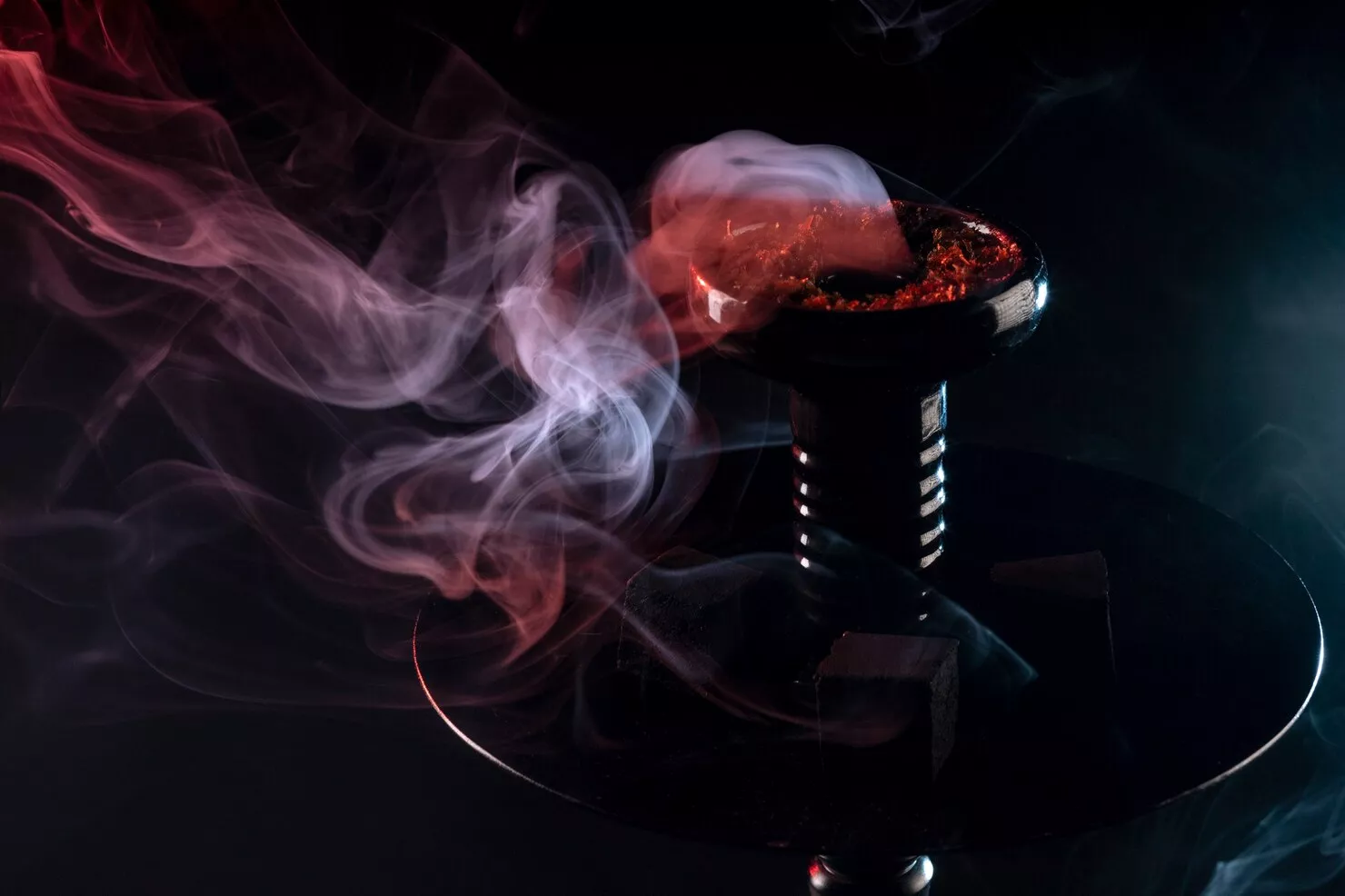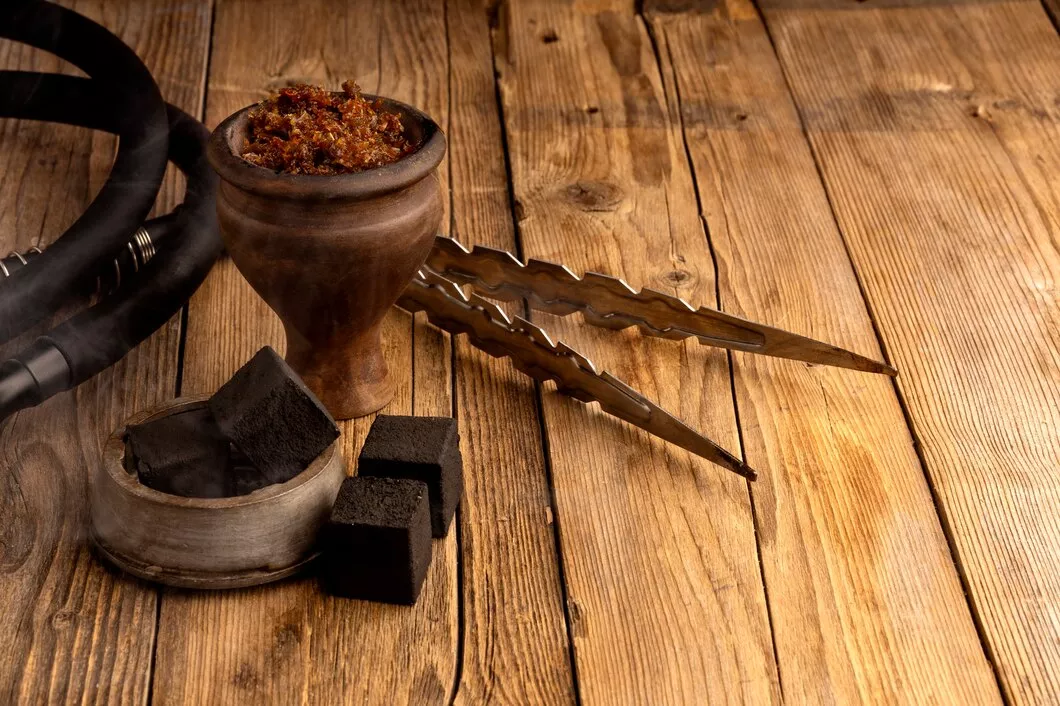Hookah’s history and origins: Where did it come from and how did it evolve?

Hookah, also known as a water pipe, is one of the most recognizable elements of Middle Eastern culture. Its history is rich and complex, dating back hundreds of years. In this post, we’ll take a look at where hookah came from, how it has evolved over the centuries, and its place in various cultures around the world.
Hookah’s origins in India
Hookah is first mentioned in the 16th century in India, where it was invented as a way to purify tobacco smoke. The materials used in the first hookahs were very simple: coconuts and bamboo stalks were used as the basic building blocks. It was in India that the concept of the water pipe was born to cool and purify the smoke before inhaling it.
Hookah history in Persia
Hookah quickly penetrated into Persia, where it gained immense popularity. The Persians perfected the technology, introducing more advanced materials and production techniques. Hookah in the courts of the sultans became a symbol of status and luxury, often used in ceremonies and social gatherings. Hookah in Persia also began to be decorated with intricate designs and ornaments, which emphasized its aesthetic qualities.
Hookah development in Egypt
Egypt played a key role in the development of hookah. Hookah became an integral part of café culture when it arrived in Egypt in the 18th century. Hookah and the coffee ceremony became inextricably linked, and coffee shops offering both hookah and coffee became places for meeting and discussion. The Egyptians also introduced modern, more efficient hookah production techniques, which allowed for its mass production.
Hookah in the Ottoman Empire
Hookah in the Ottoman Empire became an integral part of everyday life. It was present in the courts of the sultans, but also in the homes of ordinary people. Hookah acquired many new shapes and forms during this period, and the evolution of hookah design gained momentum. Different metals, glass and ceramics were used, making each water pipe a unique work of art.
Colonial influences on Hookah culture
During the colonial era, hookah began to spread to other parts of the world. Europeans, fascinated by the exotic customs of the Middle East, brought hookah to their countries. Hookah’s spread around the world influenced various cultures, which adapted it to their own needs. Colonial influences also contributed to the growing popularity of Hookah in India and the Middle East.
Hookah in literature and art
Hookah in literature and art has often been depicted as a symbol of luxury and exoticism. Hookah scenes can be found in many literary works and paintings, highlighting its importance in culture and society. Famous paintings and books from the period show the hookah as a central part of social and cultural life.
Hookah smoking rituals
Hookah smoking rituals vary from region to region, but many have a common denominator: hookah is a symbol of hospitality and togetherness. Hookah smoking in Middle Eastern countries is often done with family and friends, providing an opportunity for conversation and relaxation.
Impact of globalization on hookah
The modern world has not left hookah untouched. The impact of globalization on Hookah is evident in the changes in its design, ingredients and uses. Modern technology has made it possible to create more advanced models of Hookah, which are available all over the world. Globalization has also contributed to the growing popularity of Hookah in Western countries, where it has become a fashionable part of youth culture.
Hookah’s popularity in Western countries
Hookah’s popularity in Western countries has grown significantly in recent decades. Hookah cafes and bars have become popular gathering places, and young people are eager to indulge in this exotic way of relaxation. Hookah’s rise in popularity can be attributed to its unique character and the fashion for exotic experiences.
Hookah in movies and media
Hookah in movies and media is often portrayed as a symbol of luxury and exoticism. Hookah is portrayed in movies and series as part of social life and relaxation, which contributes to its growing popularity. Modern media play a key role in promoting the Hookah smoking culture around the world.
Hookah vs. other traditional forms of smoking
Hookah and other traditional forms of smoking have some similarities, but also important differences. Unlike cigarettes or cigars, hookah offers a more ceremonial and communal way of smoking. Hookah’s rituals and unique design attract people who are looking for more than just smoking tobacco.
Summary
Hookah has come a long way from simple coconut and bamboo constructions to advanced models available worldwide. Its history is full of fascinating twists and turns, cultural influences and technological innovations. The traditional use of the hookah, the evolution of hookah design, and its place in Middle Eastern culture are just some of the aspects that make the hookah so unique and interesting.
Hookah is not only a way to smoke tobacco, but also a symbol of culture, history and community. Its meaning has evolved over time, but it remains an important part of many societies around the world.
Visit the Hookah store, where you can find a wide selection of water pipes and accessories, such as hookah bowls, hookah caps, hookah mouthpieces, hookah coals and hookah parts.
See also.

Hookah tobacco – how to choose the best one?
There are various types of water pipe tobaccos available on the market, but how do you choose the best one for you? Check out what distinguishes a particular hookah tobacco and what smokes and is most popular! What is smoked in a hookah? The hookah, also known as a water pipe, offers a wealth of […]
go to articleHow does hookah work?
Hookah, also known as a water pipe, is a smoking device that has gained immense popularity around the world. Although the roots of this custom date back hundreds of years, it remains a symbol of relaxation and social gatherings to this day. In this post, we’ll take a look at how the hookah works to […]
go to articleHookah pebbles how to use?
Hookah pebbles – how to use? This is a question that many water pipe enthusiasts may be asking. Hookah pebbles are an alternative to the traditional tobacco used in hookah. They allow you to enjoy rich flavor and plentiful clouds of smoke, but without the nicotine. Using pebbles is also a great way to avoid […]
go to article